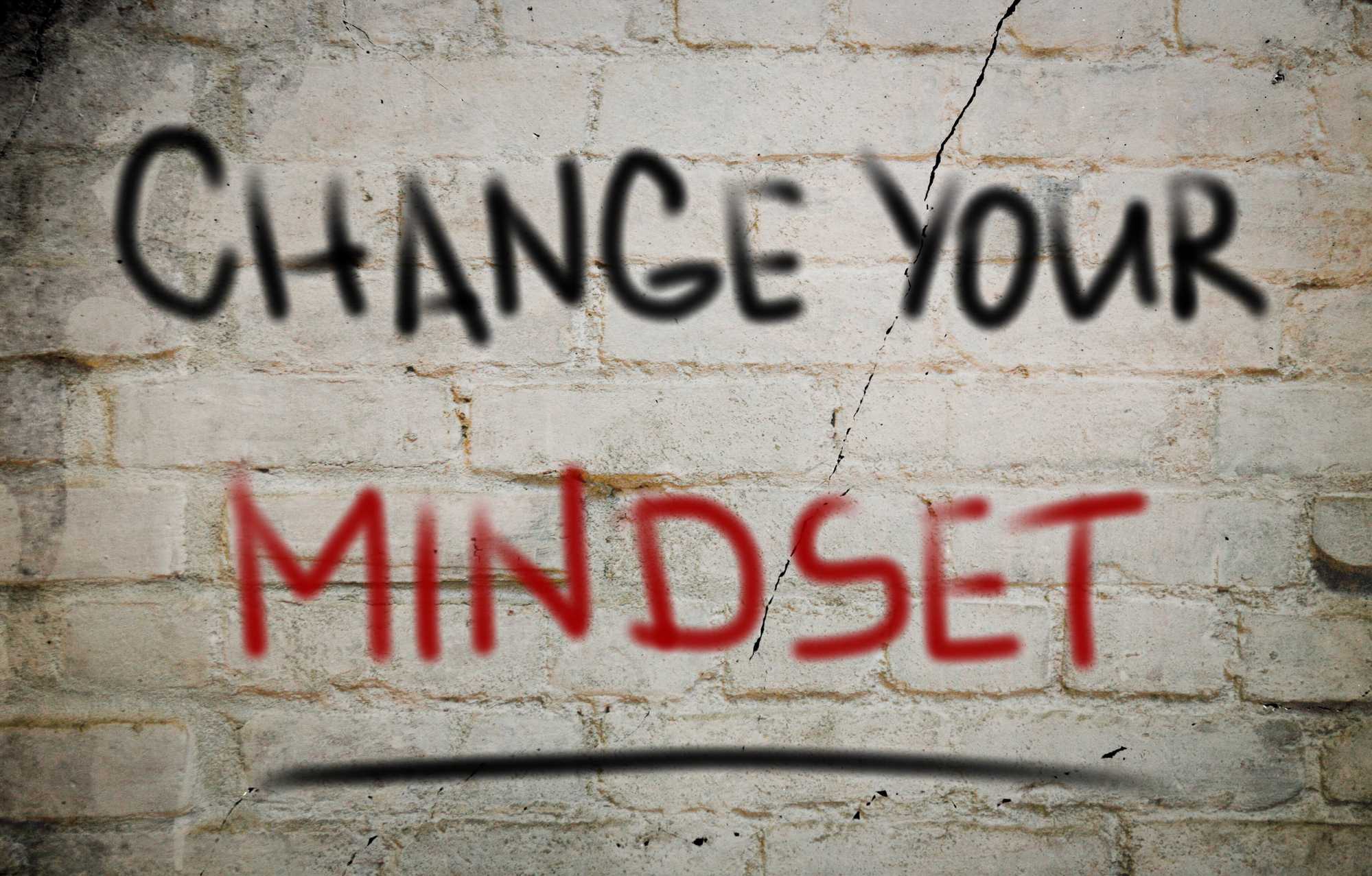BY TARA MYSHRALL
Many of the people I’ve spoken with over the last few weeks have been struggling with the lockdown and the effects that the Pandemic are having on our lives. It seems like everywhere I turn, I’m hearing the same things over and over again. People are worn out, they are worried and lonely and they miss their communities, their people, their friends and family. COVID has put many of us into survival mode.
Survival mode is part of our instincts. It’s the part of us that we acquired from our ancestors. It’s our ability to do what we need to do to stay safe, to keep going and to put one foot in front of the other. It uses the part of our brain that is simply preoccupied with keeping us alive.
These instincts have been very useful to the survival of humanity. But they do come with their limitations. Many people get caught in survival mode. They have a pattern that they learned either from childhood or their family of origin. The irony is that sometimes the things that we do just to survive aren’t very healthy for us and ultimately don’t improve our lives. These instincts actually prevent us from becoming our true selves.
Survival isn’t concerned with happiness. Survival isn’t concerned with burnout or health or pleasure or support. It’s simply concerned with staying alive at whatever cost. This constant striving frenzy wreaks havoc on our hormones and on our body. And many people have been in this state since the pandemic started, some people spend their whole lives in survival mode.
When we go into survival mode, we are living in a scarcity mindset. We think that there isn’t enough of something, so we go on a rampage to ensure that we are taken care of. Scarcity mindset can apply to anything from money, to energy, to food, to love and anything in between. Whenever we slip into thinking, we begin to panic and start striving to make sure we are taken care of. This perspective has infiltrated many people’s minds and led to the destruction of Mother Earth, the oceans and many sacred habitats and ecosystems.
This type of thinking takes up a lot of energy and doesn’t always ensure that we are safe. When we are in a scarcity mindset, we don’t take the time to think clearly, to make good decisions for ourselves or look at the big picture. Instead we view the world from tunnel vision and think that there isn’t enough, and therefore, we are not enough. Whether we are aware of it or not, when we operate from a place of not being enough, we are really leaking a lot of energy because we are constantly trying to prove to ourselves and others that we are enough.
Scarcity mindset runs deep, however, the fact remains that scarcity mindset is not the best place to make life decisions from. As a coach, teacher and speaker, I’ve helped many people transform their scarcity mindset and come to realize that they are, in fact, enough. That all of us are here on earth for a reason, and we’ve been given everything that we need. I help people uncover their limiting beliefs around money, time, energy etc. and transform those beliefs.
If you are interested in overcoming your scarcity mindset, I’m running a transformational six week course called Permission to Expand: Overcoming Scarcity Mindset and we are starting February 1st, 2020. I would love for you to join a powerful group of women who are committed to their personal development and living the life of their dreams. A different way of life is possible, there is enough in the world and you are enough. Visit taramyshrall.com/courses to learn more. I would love to have you join us in this powerful, life-changing opportunity that will help you unlock the future of your dreams.

